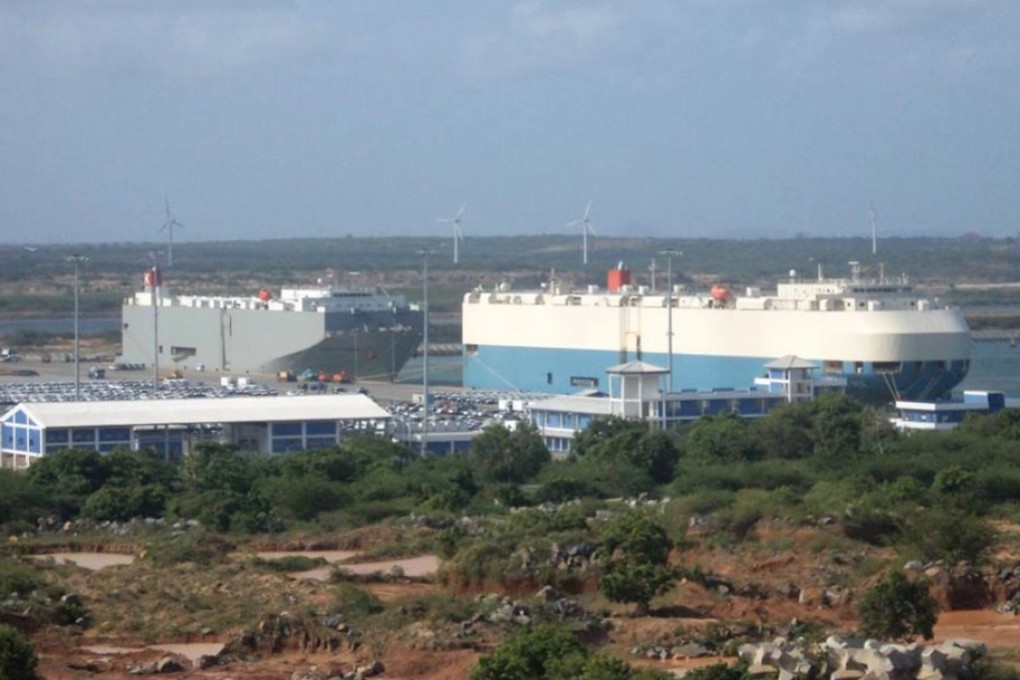Exclusive | Sri Lanka rejects fears of China’s ‘debt-trap diplomacy’ in belt and road projects
- Controversial Hambantota port an economic cooperation, not security issue
- Ambassador to Beijing says his country will never default on its loans

Sri Lanka’s top envoy to China has said the island nation will never default on its loans and will meet its obligations to lenders this year – expected to amount to US$5 billion – despite being caught in an intense debt crisis.
Dr. Karunasena Kodituwakku, Sri Lanka’s ambassador in Beijing since 2015, also rejected the concept of “debt-trap diplomacy”, while admitting debt pressure on the country, known as “the Pearl of the Indian Ocean”, was huge.
“Fortunately during 2018 we were able to handle repayment obligations very carefully without facing serious difficulties, and this year is very critical due to payments within the first few months, and in February and March, however all debts have been settled,” Kodituwakku said.
“I believe even for the rest of this year we’ll be able to manage, and next year onwards, we’ll still have to pay back, but not such a heavy obligation. Therefore, by 2020 onwards, our situation would be much more favourable. We’ll be able to invest more capital from our own funds for development, including improvement in the quality of people’s lives.”

Kodituwakku was speaking to the South China Morning Post at the Sri Lankan embassy in Beijing earlier this month, before the devastating Easter Sunday bombings, which have so far killed at least 290 people.
Sri Lanka’s debts include loan repayments to individual nation lenders such as Japan and China, as well as to multilateral financial institutions like the IMF.